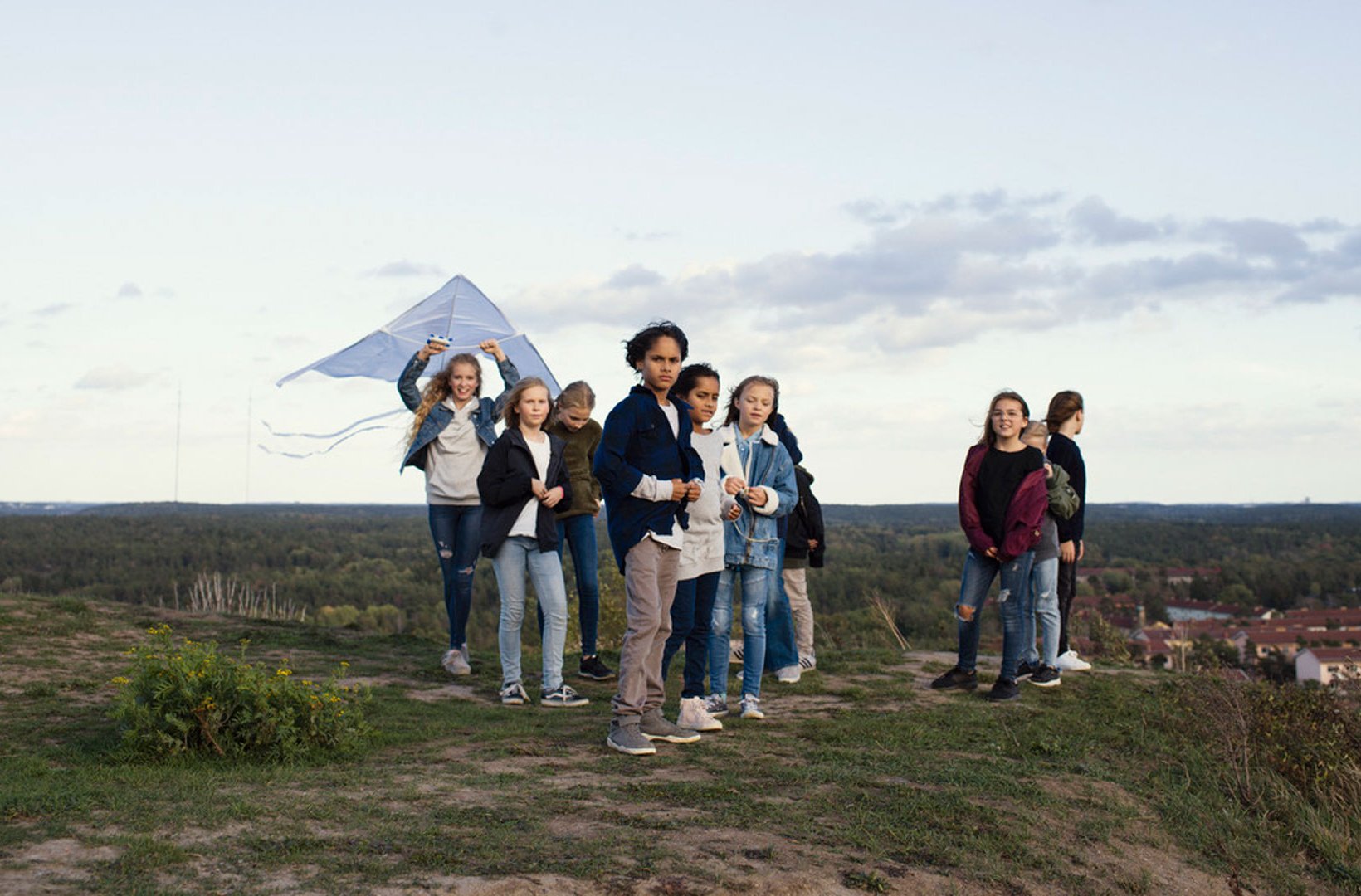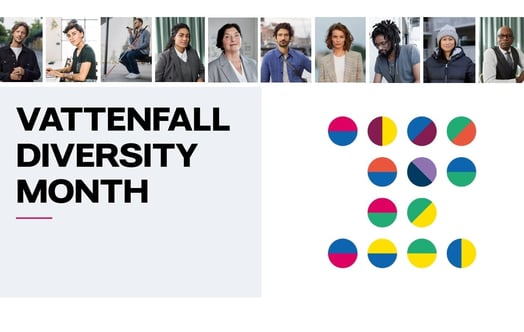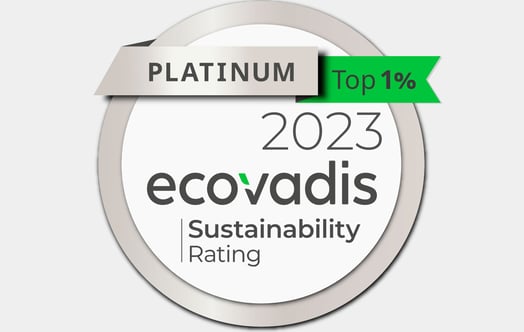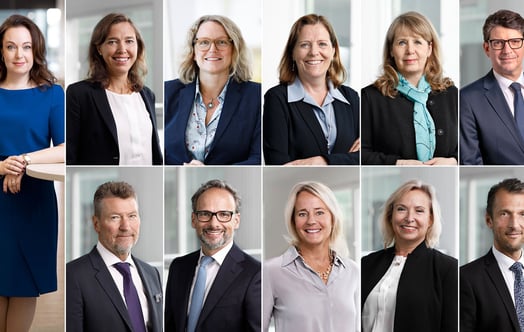Vattenfall has launched its first policy for human rights. It covers all aspects of Vattenfall’s operations.
Vattenfall has taken great strides as a company over the past few years, starting with its purpose to Power Climate Smarter Living, and then with its target to enable fossil-free living within one generation.
In addition, Vattenfall has taken big steps when it comes to respecting human rights throughout the value chain. The guiding principles for this work have now been put into the company’s first human rights policy.
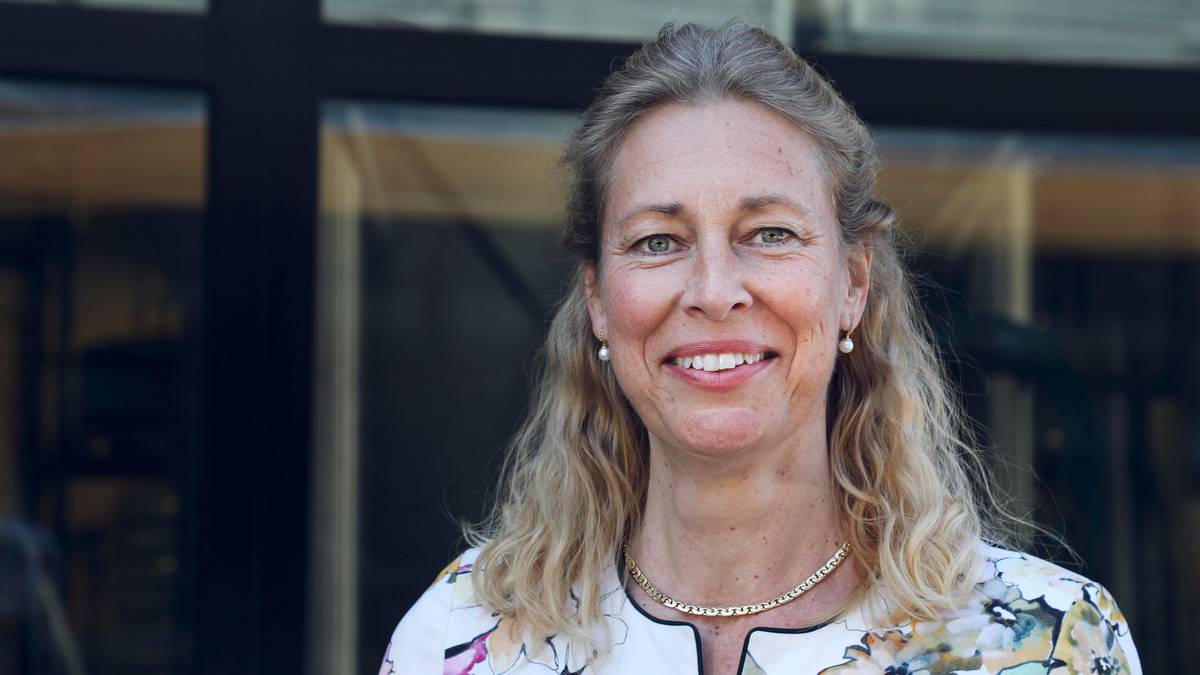
Annika Ramsköld, head of Sustainability at Vattenfall
“Taking responsibility for sustainability in our value chain, including social issues like human rights, is fundamental to achieve fossil-free living within one generation. We put requirements on our suppliers to ensure that the products we source are produced in a sustainable manner by companies that act responsibly. That means that they respect the human rights of their workers, which benefits us as well, as those workers produce high-quality goods with fewer accidents, interruptions, and more innovation,” says Annika Ramsköld, head of Sustainability.
Covers all of Vattenfall’s operations
The human rights policy is a manifestation of this increasing maturity. It is comprised of three main sections: Our commitment; Identifying our human rights risks and impacts; and Managing our human rights risks and impacts.
The foundation of the policy is Vattenfall’s commitment: “We commit to respect human rights in our supply chain, operations, and in the communities in which we operate.” Or as Vattenfall’s President and CEO Magnus Hall puts it in the human rights policy: “Respect for human rights is key to operate our business sustainably.”
The policy covers all of Vattenfall’s operations, including all stakeholders, from the local communities from which Vattenfall sources, to employees and the local communities in which the company operates.
The sections on identifying and managing the human rights risks and impacts describe the most prominent risks and impacts throughout the value chain – upstream in the supply chain, in Vattenfall’s own operations, and downstream in the local communities in which the company operates.
“Our most prominent risks are in the supply chain, particularly in high-risk countries, though there are salient risks in our own operations as well, such as our impacts on local communities and indigenous peoples,” Ramsköld says.
The policy also contains descriptions of concrete actions being taken to improve the ability to assess and manage these risks.
Human rights action plan
Supporting the policy is the “11 Steps to 2022” document, an action plan which describes 11 key steps that the organization needs to take over the coming three years to improve its human rights performance. It has been anchored throughout the company, with the various Business Areas identifying the specific actions they will take. The action plan follows the three building blocks of the UN Guiding Principles on Business and Human Rights: Policy and Embedding, Due diligence, and Grievance and Remediation.
Policy & Embedding:
Our human rights policy is the cornerstone of our commitment to respect human rights, and we will anchor this in the organization by providing our employees with human rights training.
Human rights due diligence:
We will strengthen, expand, and prioritize our due diligence to enable us to identify, prevent, mitigate and account for how we address our adverse human rights.
Grievance & Remediation:
In the event of unforeseen or unavoidable adverse human rights impacts, we will ensure channels are available for these to be communicated, and engage in their remediation.
The 11 steps are split among these three building blocks, with a number of steps either underway or already completed.
More information
Read The human rights policy
Read about the 11 Steps to 2022 (PDF 356 kB)

